The folk music program "Chao Show" has become a new cultural destination, attracting domestic and foreign tourists.
At the workshop “Cultural Industry of Ho Chi Minh City – From Identity to Creativity” recently organized by the Ho Chi Minh City Center for Creative Entrepreneurship (Ho Chi Minh City Department of Science and Technology), experts, artists and startups discussed the exploitation and development of this industry from the perspective of creativity, training and entrepreneurship.
Folk cultural heritage needs to be approached as creative material.
Dr. Trinh Dang Khoa, Chairman of the Council of Ho Chi Minh City University of Culture, affirmed that folk culture not only plays an important role in preserving and shaping national identity, but is also a valuable resource for developing cultural industries, contributing to creating urban identity in the context of multicultural integration.
According to experts, the transition from a knowledge-based economy to a creative economy is making the cultural industry a strategic pillar to promote sustainable development.
In particular, transforming folk cultural heritage from a static state to a dynamic form, associated with modern creation and consumption, is considered an urgent and potential direction.
Heritage is not only about preservation, but also becomes a material to open up ideas, nurture identity and form an urban creative ecosystem.
Dr. Trinh Dang Khoa shared at the Workshop
Dr. Trinh Dang Khoa proposed the model of "Urban Folk Cultural Creative Space", considering this as an integrated solution between preserving traditional values and developing cultural industry in Ho Chi Minh City.
The model not only protects heritage in urbanization, but also revives folk culture, meeting the aesthetic and spiritual needs of modern residents, thereby concretizing the strategy of developing cultural industry "from identity to creativity".
Dr. Khoa researched and selected An Khanh communal house (HCMC) as a pilot site for this model.
An Khanh Communal House is a typical relic of the ancient Gia Dinh land, preserving the Ky Yen festival and the traditional ritual system, currently being renovated to be modern, suitable for urban development trends. The location adjacent to the river, connecting diverse communities of residents, helps this place become a potential nucleus for creative spaces associated with heritage.
He analyzed that Vietnamese communal houses are typical traditional cultural institutions, converging many layers of values: tangible (architecture, fine arts, worship objects) and intangible (festivals, beliefs, games, arts, folk knowledge).
When combined with contemporary art, traditional rituals are not only preserved but also enhance theireducational potential, spreading values to the modern public.
Activities such as games, performances, folk cuisine , etc., when reorganized in a creative way, will both maintain the cultural vitality of the community and attract tourists and the younger generation.
Ky Yen Festival at An Khanh Communal House in 2023. The communal house has just been ranked as a City-level relic in 2025.
The model is designed according to the principle of integrating conservation - innovation - cultural industry development, with four interconnected spaces.
Performance – festival, reenactment of folk festivals through dramatization, live art, towards the regional “Ho Chi Minh City Ky Yen Festival”; Creation – production, development of souvenirs, handicrafts, improved folk toys.
Communication - education, organizing vocational training classes, workshops, digital museums, digital libraries; and Creative Economy, including fairs, riverside tourism routes, culinary and performance spaces, developing brands for Ho Chi Minh City's folk cultural products.
For sustainable development, the model of "Urban Folk Cultural Creative Space" needs to be designed with 7 links: Research - heritage investigation, Training - vocational training, Creation - performance, Production - trading of cultural products, Communication - community education, Model management - ecosystem connection, Sustainable development - policy transformation.
Dr. Khoa proposed to pilot at An Khanh communal house first, then expand to District 5, District 8, District 1, connecting with other heritage spaces.
For the model to be successful, it is necessary to synchronize solutions: inter-sectoral coordination, integration into cultural industry strategy, promoting digital transformation, digitizing heritage, developing digital media and encouraging community participation.
This approach helps nurture urban identity, expand the cultural market, and at the same time create economic, artistic and community values, becoming a practical direction for Ho Chi Minh City to realize its vision of developing cultural industry.
Building a community of cinema and urban culture enthusiasts
As an expert in the field of cinema, Dr. Pham Huy Quang, Acting Principal of the University of Theatre and Cinema in Ho Chi Minh City, said that cinema is an entertainment industry that requires large investment costs and high-quality human resources.
Cine Show within the framework of Ho Chi Minh City International Film Festival HIFF
In the context of Ho Chi Minh City getting closer to the goal of joining the UNESCO Creative Cities Network in the field of cinema, developing a team of specialized and well-trained human resources is becoming more urgent.
However, Dr. Pham Huy Quang also emphasized that there is currently a shortage of many specialized professions such as screenwriting, film editing, costume design, etc.
These are important links to build a complete film ecosystem, serving the goal of international integration and development. He called on training institutions to promote sustainable training strategies, while closely connecting with the market and practical needs.
Meanwhile, Meritorious Artist Linh Trung, Deputy Director of the Institute for Research on Preservation and Development of Southeast Asian Culture, gave a vivid metaphor: “Culture is the brake of a car. The faster the car goes, the better the brake must be.”
He believes that creators are not only responsible for their works, but also must connect with and guide public tastes, helping to regulate social development in a healthy and humane direction.
Along with initiatives from creative startup models, Ho Chi Minh City is witnessing the strong and dynamic participation of the young generation in the cultural industry.
One typical example is the “Kaleidoscope” project founded by Huynh Hoang Dung, with the goal of using cinema to tell stories about culture and society, while building a community that loves cinema and urban culture.
In addition, the folk music program “Chao Show” run by Tran Minh Hoang has become a new cultural destination, attracting domestic and foreign tourists, while contributing to the development of cultural tourism and night-time economy for the city.
“Hello Show” was born from a passion for folk music and traditional values, to honor Vietnamese music and unique traditional musical instruments. The program combines music, images and cuisine, giving the audience a deep, multi-dimensional experience of Vietnamese culture.
With the vision of becoming a prestigious art program, “Hello Show” not only preserves and promotes traditional values but also opens up a space for artistic exchange between the past and the present, creating a cultural bridge between Vietnam and international friends, aiming for a modern yet deeply cultural art experience.
Along with practical models, the state management side also has specific support to promote this field. Ms. Dang Thi Luan, Acting Director of the Ho Chi Minh City Center for Creative Entrepreneurship (SIHUB), said that SIHUB has currently selected and incubated more than 130 cultural projects through innovation and startup support programs.
However, for projects to develop effectively, sustainably and widely, the participation and companionship of experienced experts and consultants in the field of cultural industry is essential.
At the same time, SIHUB hopes to build a close-knit network between the young creative community and professional resources, creating a comprehensive support ecosystem, contributing to realizing the goal of developing Ho Chi Minh City's cultural industry.
Source: https://baovanhoa.vn/van-hoa/cong-nghiep-van-hoa-tu-di-san-van-hoa-dan-gian-148929.html


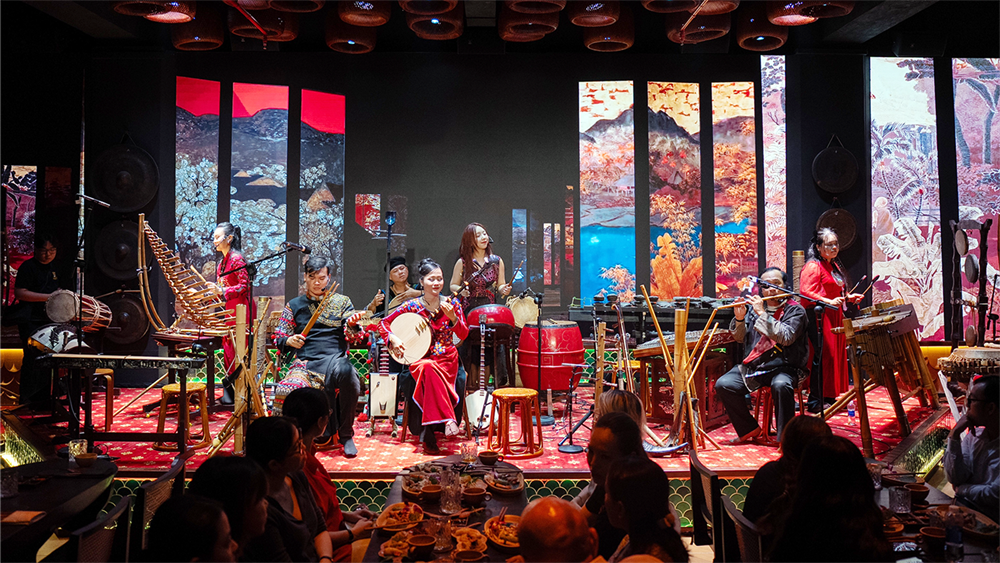
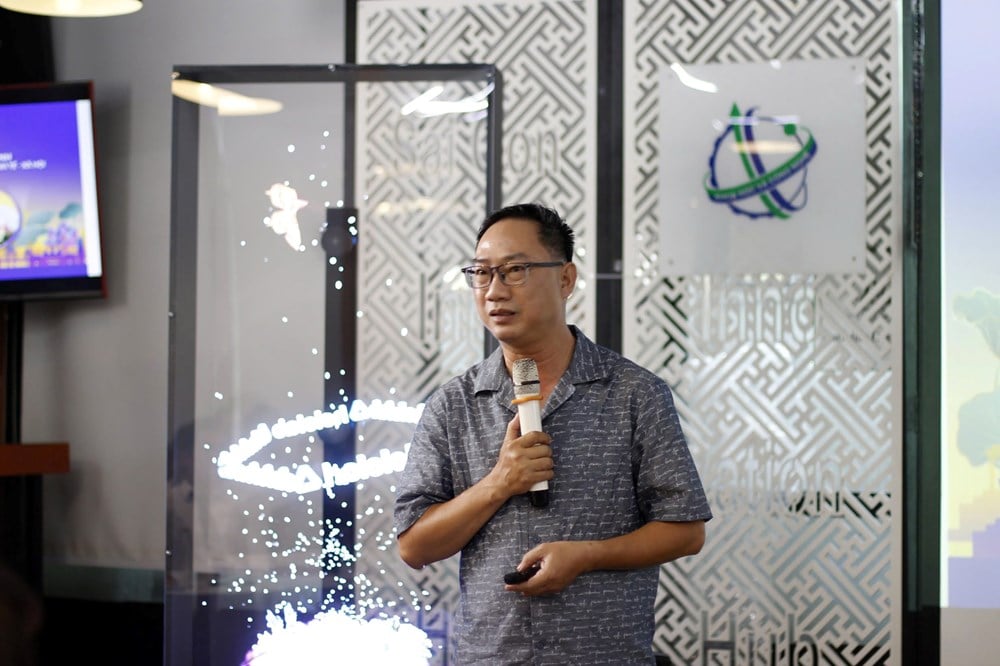
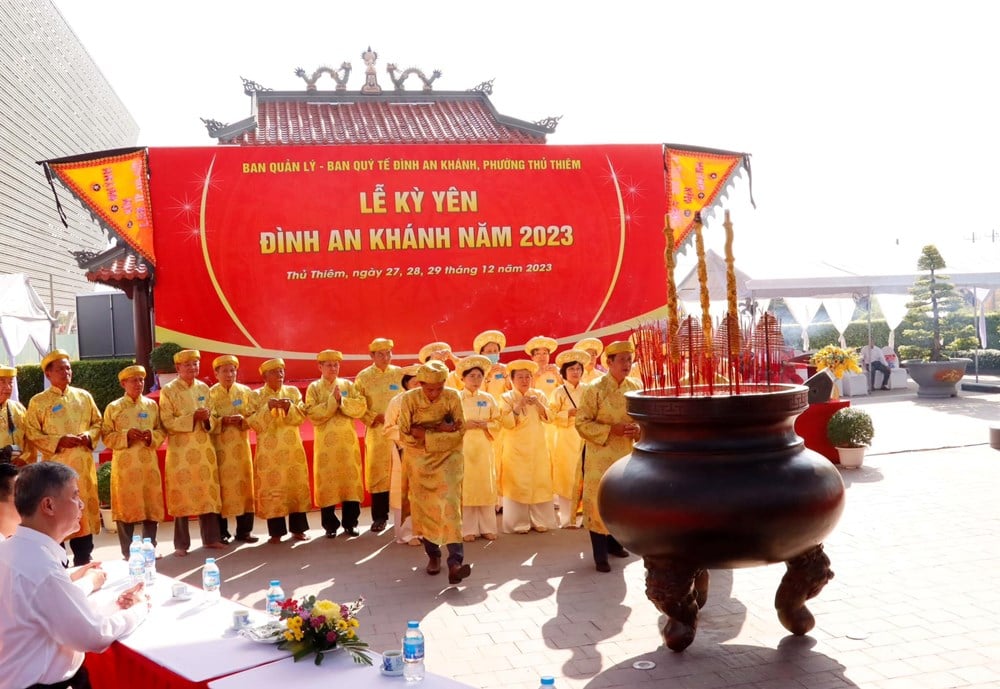
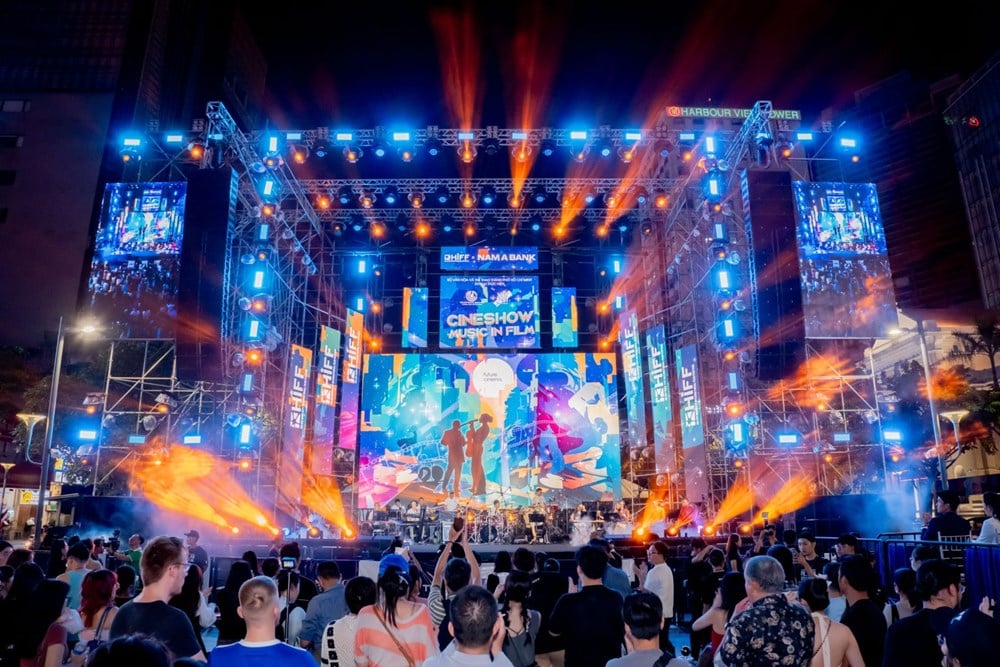




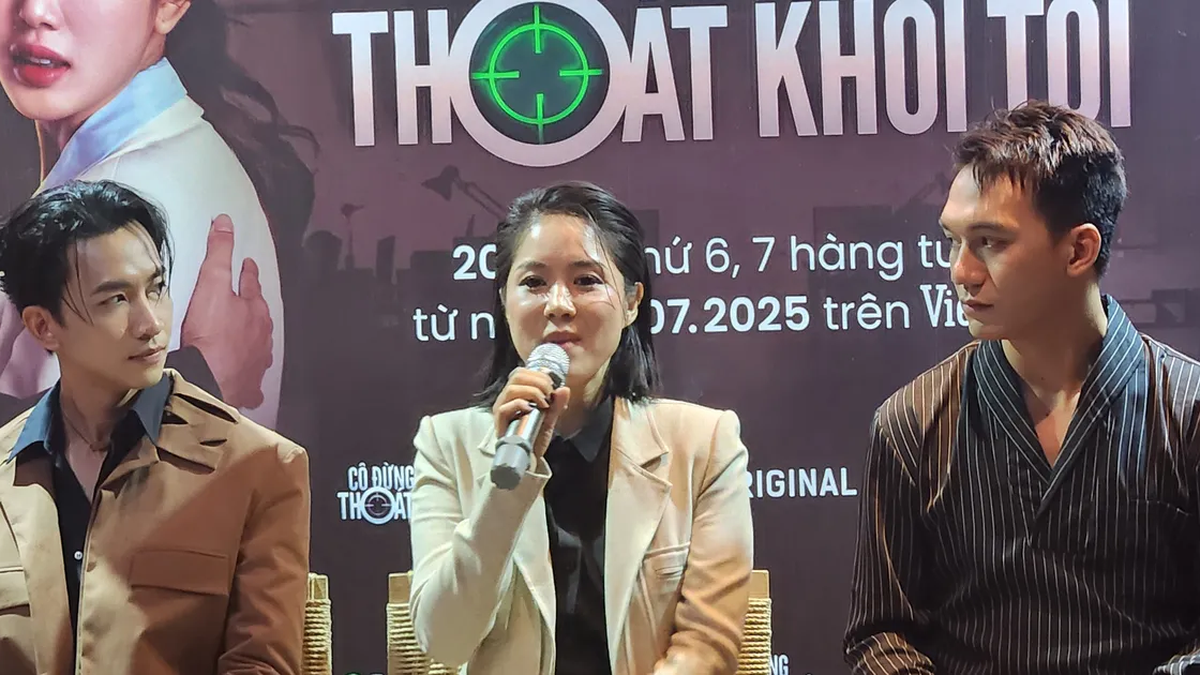

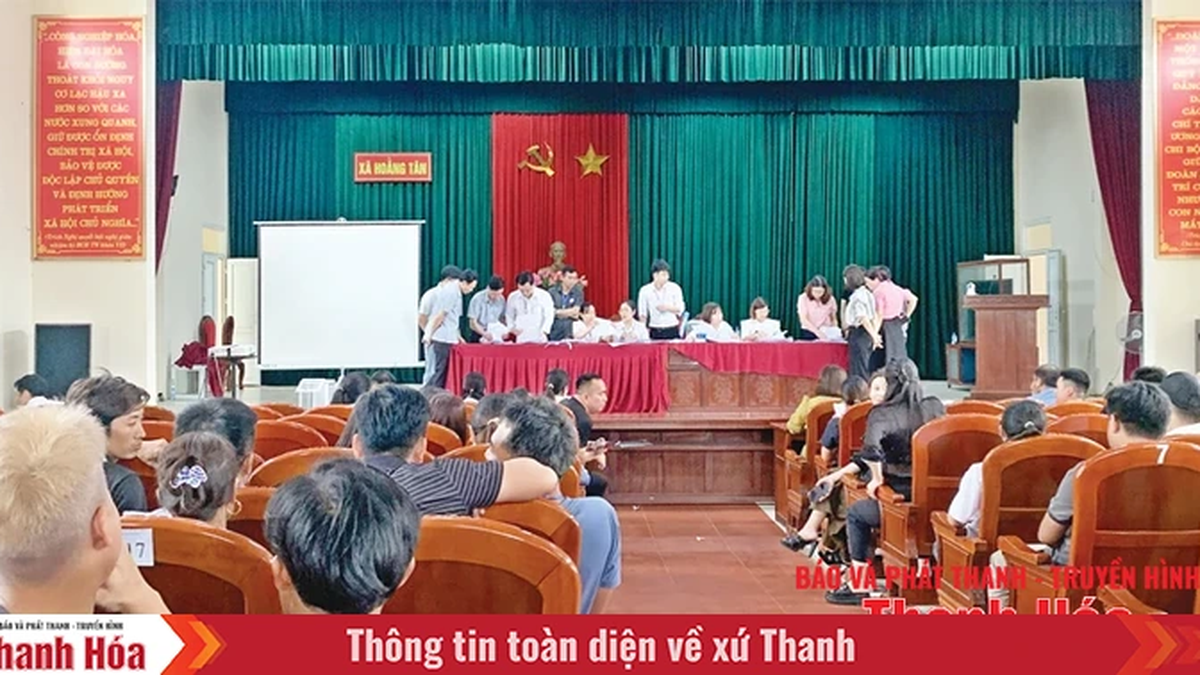
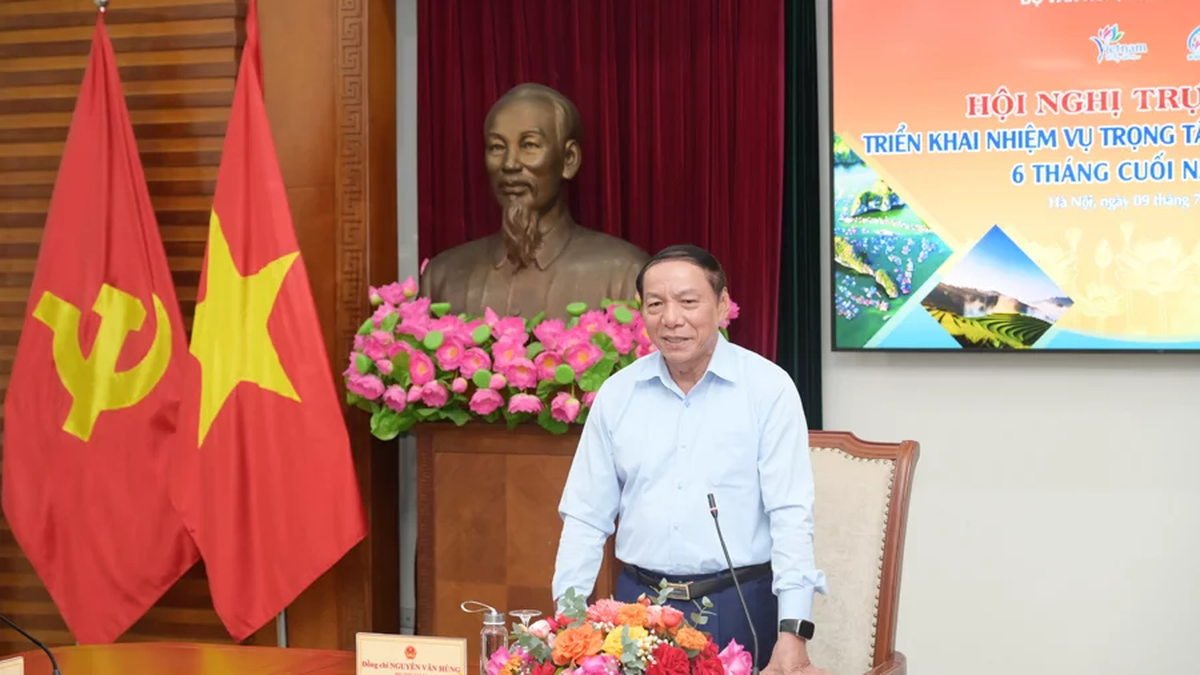
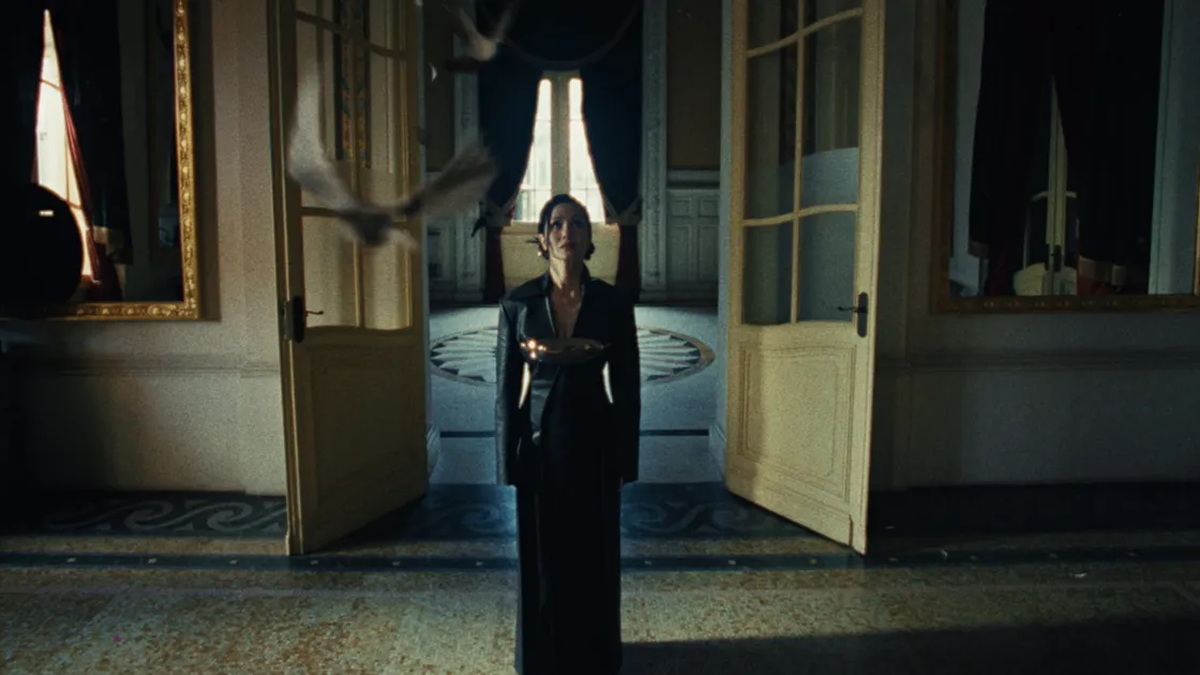
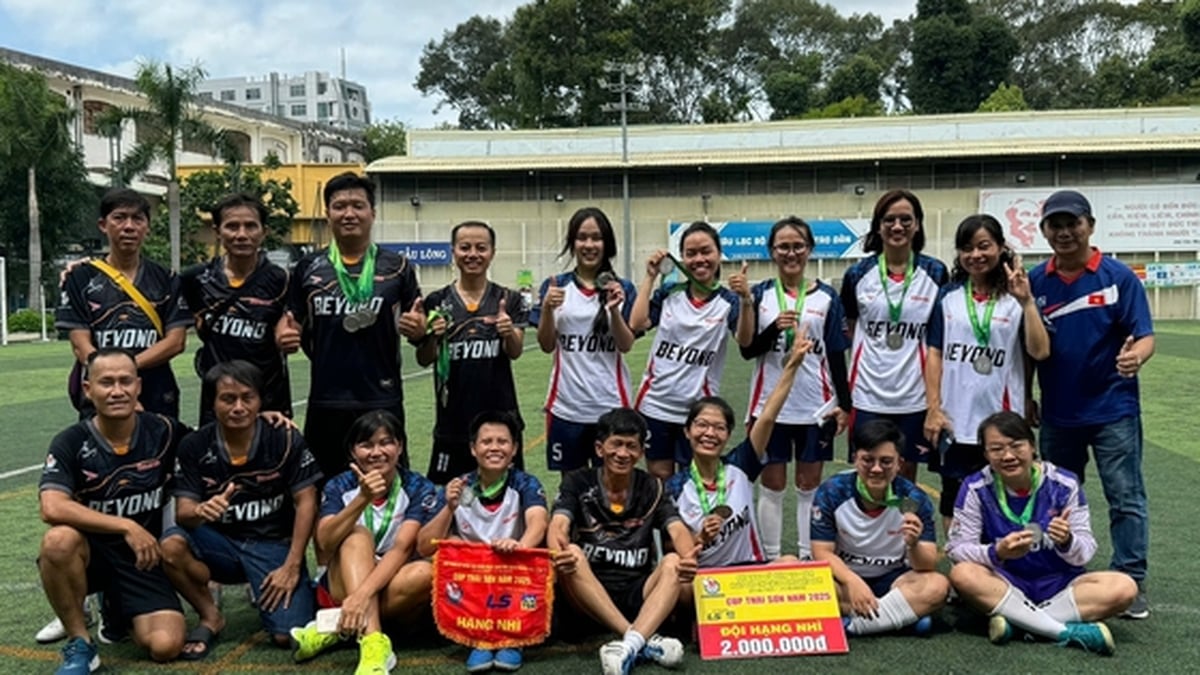











![[Photo] Gia Lai provincial leaders offer flowers at Uncle Ho's Monument with the ethnic groups of the Central Highlands](https://vphoto.vietnam.vn/thumb/1200x675/vietnam/resource/IMAGE/2025/7/9/196438801da24b3cb6158d0501984818)








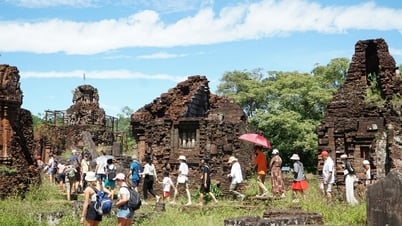
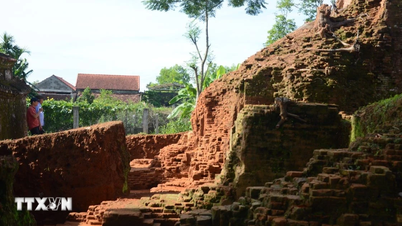

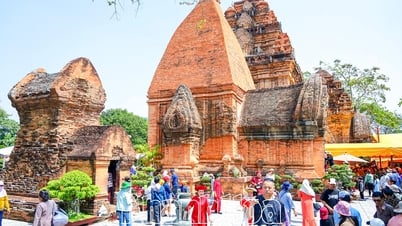

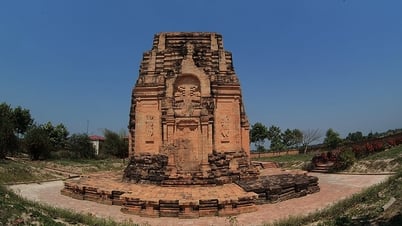

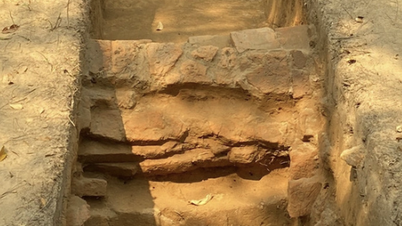

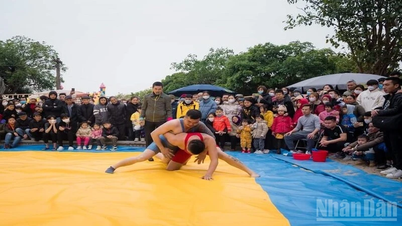



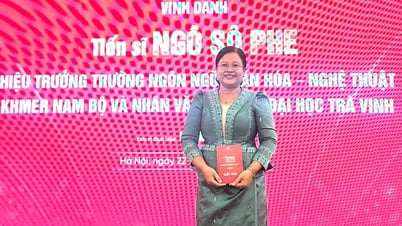

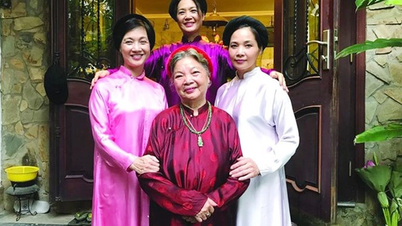







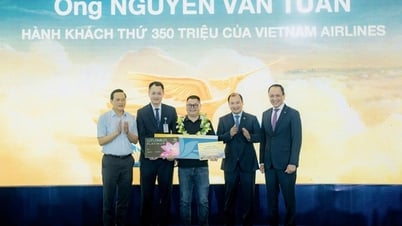

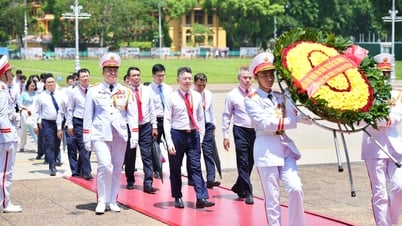

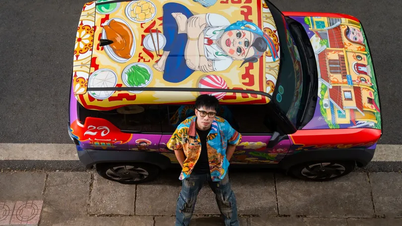



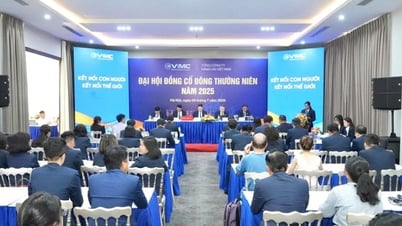

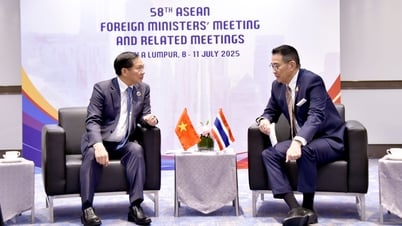

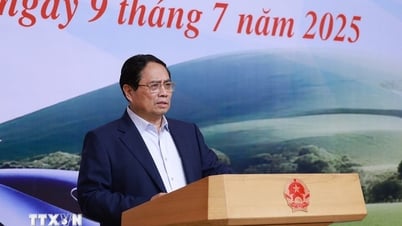
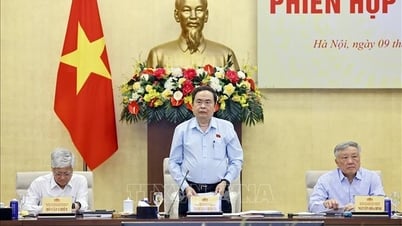
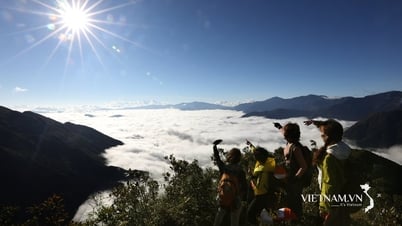


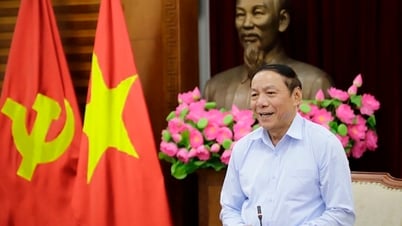
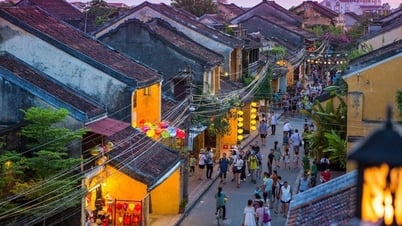
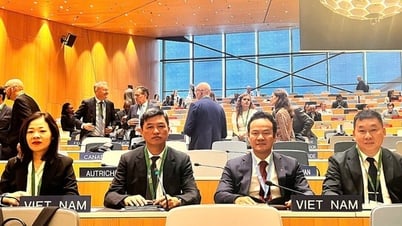

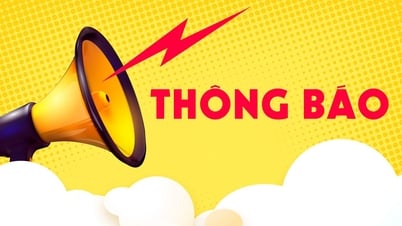

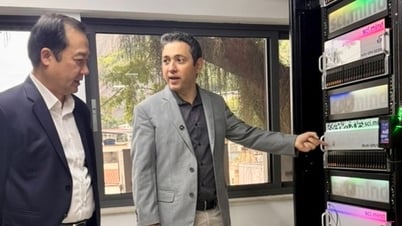
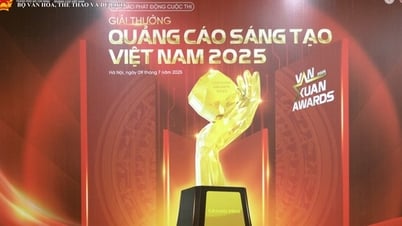







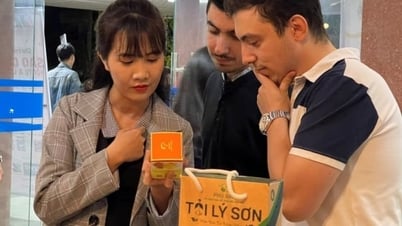

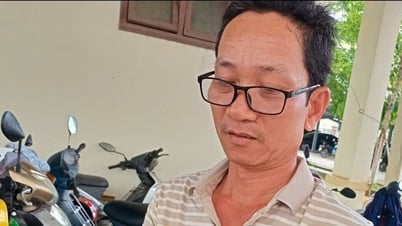

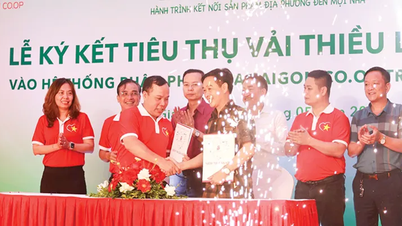
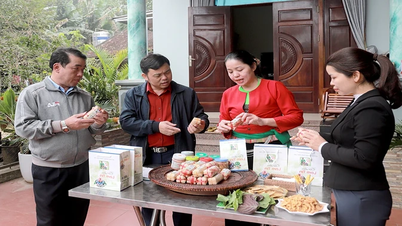




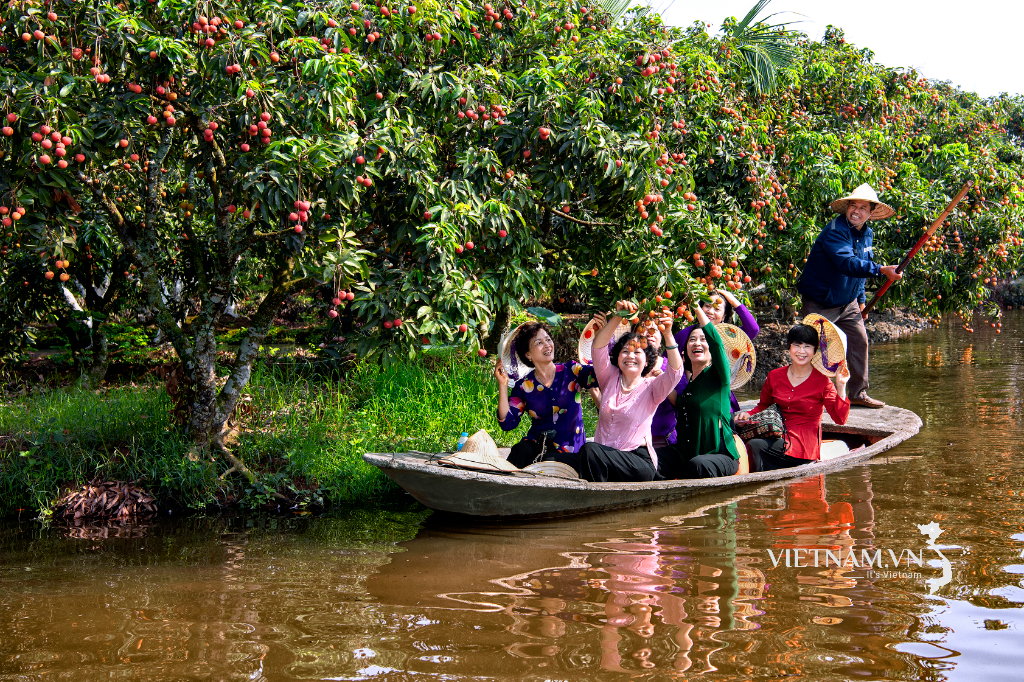

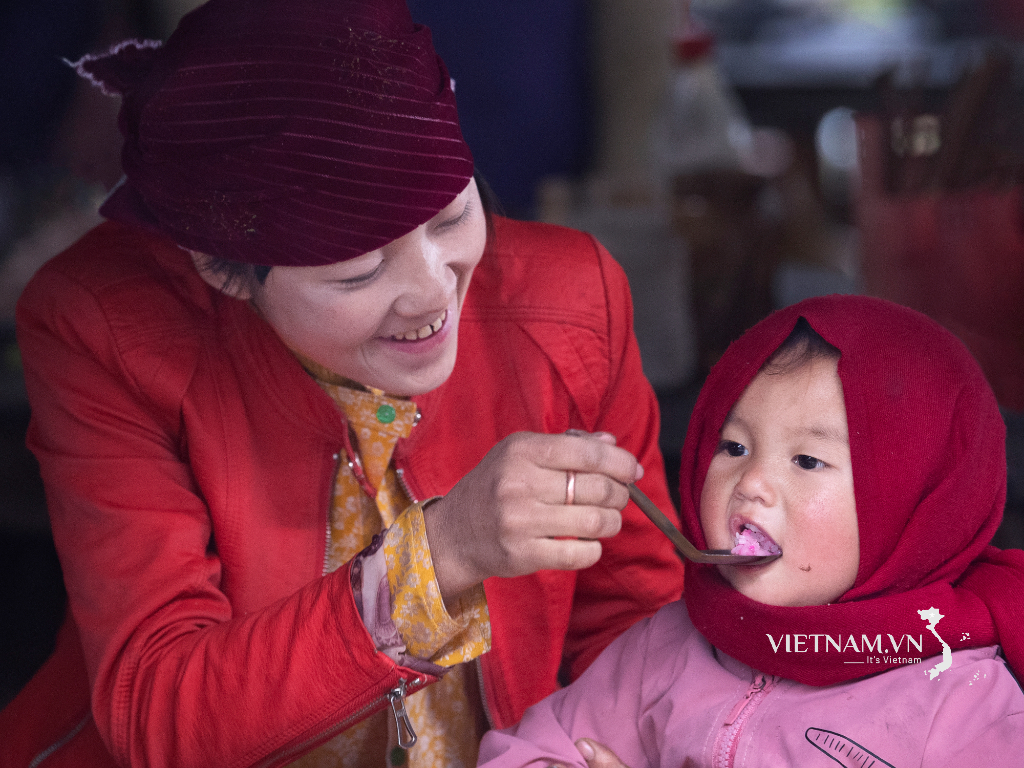

Comment (0)